OTHER MEDIA
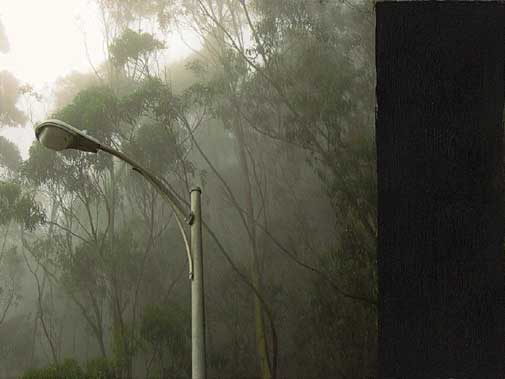 . . . .
. . . .
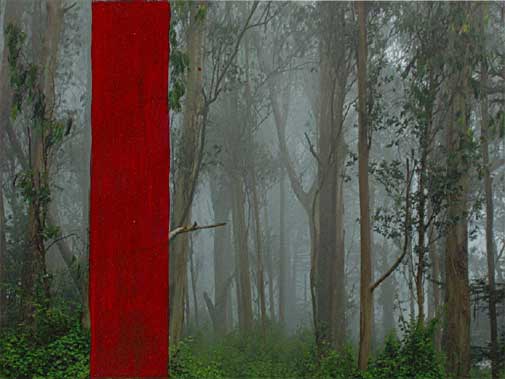
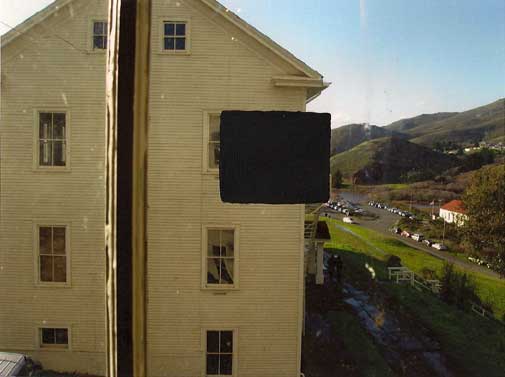 . . . .
. . . .
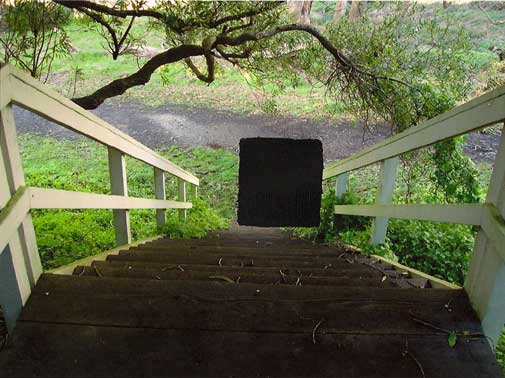
 . . . .
. . . .

 . . . .
. . . .
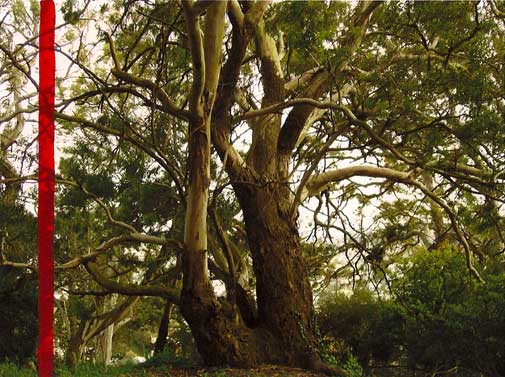
 . . . .
. . . .
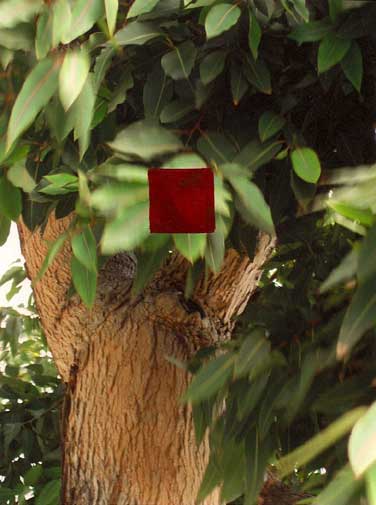
Obstructions (The Moons of Jupiter)
2007/8
acrylic on ink jet prints, matte paper
When there's an obstruction, what else can be seen? (Matthew 7)
or The Moons of Jupiter
The main difficulty in observing the moons of Jupiter from Earth is that they are close enough to Jupiter to be obscured by the reflective brightness of the planet. The moons Ganymede and Callisto, at their maximum separation, are the ones easiest to see, but still, Jupiter is nearly 750 times brighter than Ganymede and about 2000 times brighter than Callisto. The easiest way to observe them is to block Jupiter with a tree or pole perpendicular to the plane of the moons' orbit.
When Galileo published his discovery of the moons of Jupiter in 1610 the cosmological world was rocked. If Earth is the center of the Universe, how could there be more than one center of gravity? Was it possible that the perceived harmony of the cosmos might not be as divinely ordered as previously thought? Reference: The Galileo Project.